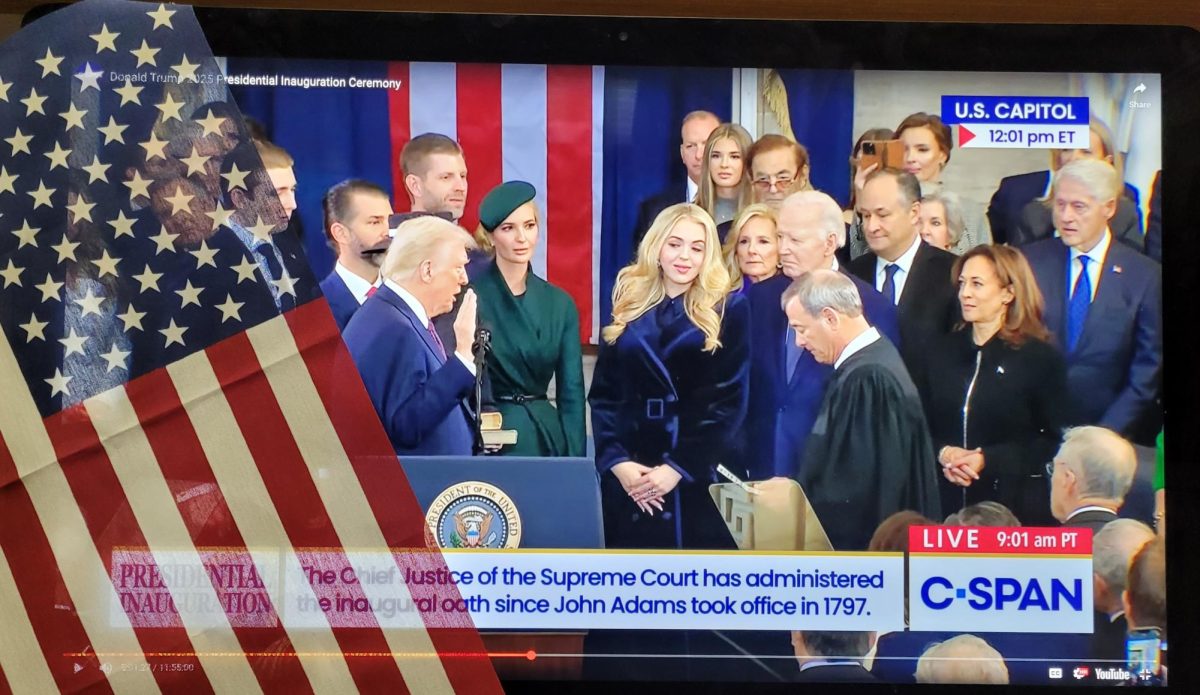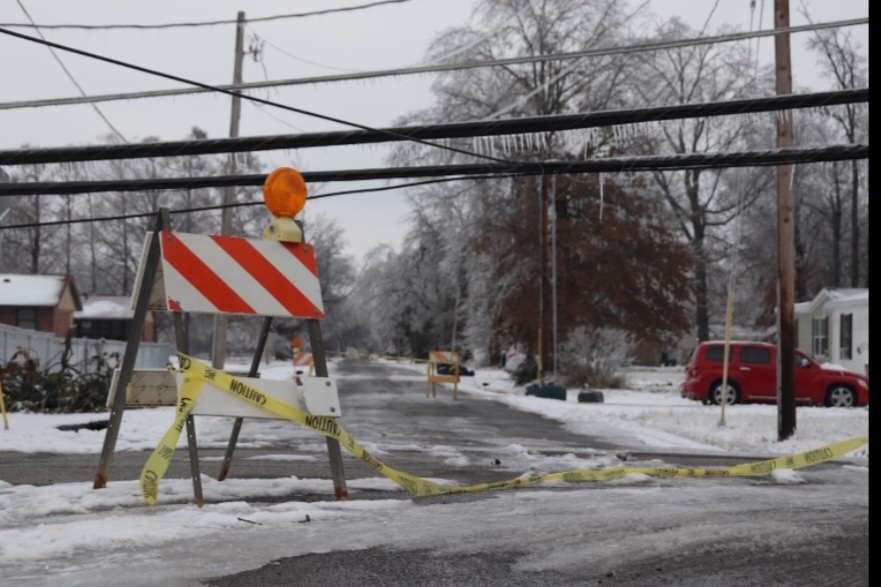The Israeli-Palestine conflict did not just begin. This hostility dates back all the way to the end of the 19th century. In 1947, the United Nations adopted Resolution 181, which was the Partition Plan for Palestine. This plan divided the British Mandate of Palestine into an Arab and a Jewish state.
On May 14th, 1948, the state of Israel was created, this sparked the first Arab-Israeli War, ending 1 year later with Israel’s victory and 750,000 Palestinians displaced. Another result of this conflict was the territory division. It was divided into 3 parts, including The State of Israel, the West Bank (of the Jordan River), and the Gaza Strip. From there on, more wars and fights have occurred, as well as periodic times of relative peace, however, war broke out most recently on October 7th, 2023, and reignited the discord once more.
The most recent situation began on October 7th, 2023, when Hamas militants launched thousands of rockets and breached the wall of Gaza, committing the worst civilian massacre in Israeli history, taking hostages and committing other various war crimes. The next day, war was formally declared, fighting went on, and the overall death toll went up. As Israel had then gained control of Gaza’s borders, a siege on Gaza was ordered by the Israeli Defense Minister and basic services such as food, water, electricity, gas, healthcare, and more have since been difficult or impossible to receive for Gazan citizens. This act broke international humanitarian law, as said by a UN human rights chief.
As time goes on, Israel strikes on Gaza and Hamas attacks on Israeli citizens intensify and continue to kill masses of people as evacuations eventually begin in the Gaza Strip. Seemingly, there is presently no end in sight; as said by Human Rights Watch, “The fact that Palestinian fighters committed unspeakable war crimes against Israeli civilians does not justify Israeli authorities committing war crimes against Palestinian civilians.”
Immediately following the attack on Israel and the fighting that raged, many nations and organizations declared condemnation, support, or statements. Yet long before these strings of battles, when Hamas gained an electoral victory in Palestine, they were not recognized as a legitimate government by many western authorities (including the United States and the European Union), who considered Hamas to be a terrorist organization since the late 1990s. Unsurprisingly, on the day of the attack, the President of the United States made an unwavering statement of support for the Israelis and their nation.
Additionally, the U.S. announced a promise to send more arms and move warships closer to Israel. However, other Arab nations—Saudi Arabia among them—called for a de-escalation, yet avoided expressly blaming the Hamas. At this time, the United Nations Security Council called an emergency meeting so they could discuss this renewal of violence in Israel, yet they failed to come to any consensus statement.
All throughout the course of these events, the United Nations has made statements in effort to calm the violence and work towards preserving human life in the area. When the Israeli Defense Minister Gallant ordered a complete chokehold siege on Gaza (cutting off food, power, and gas), the United Nations human rights chief Volker Turk condemned the action, explaining that cutting off “goods essential for their survival is prohibited under international humanitarian law.”
Furthermore, when Israel called for an evacuation of Gaza, the United Nations claimed that such an action is impossible given the time frame and state of infrastructure. Because of the human loss of life, the Secretary-General of the United Nations, Mr. Guterres, called for a ceasefire, adding that the Hamas should immediately release all hostages they have taken and that Israel should allow aid to enter Gaza. An Israeli pledge to allow aid to enter Gaza was announced by the President when he visited Israel earlier this month. There, he again pledged total support and declared Israel’s right to self-defense against the Hamas attack.
Thus, on the 21st of October, aid trucks arrived for the first time since the war began. Yet past their calls for humanitarian aid, the United Nations has officially confirmed the re-convening of the 10th Emergency Special Session on Israel and Palestine, which will meet soon. Hopefully, this will lead to a great de-escalation, the opening of peace talks, and an end to this violence.
Questions surely arise regarding the importance of this conflict in a high school setting. Many will ask: “Why do I care? What’s it matter to me? It’s so far away, it’ll never matter over here. etc.” Yet it is crucial to note that the future this war hurdles the world into is the future today’s high school student’s will one day inherit. It is unwise to brush off the happenings of the world because of the distance (both on land and on time). One day, when today’s high schoolers are leaders around the world, all citizens will have to trust them to be learned enough to make the best decisions, especially if this clash spirals out of control. Even today, though, while all still sit in classrooms, students should pay close attention to what is happening, so that they can understand the depth of this issue and form their own opinions based on reason, not impulsive hate.
While students investigate this conflict, it is important to be able to discern a solid source from a weak source. Many of the largest news sources around the world are biased one way or another, and it is critical to be able to select a source that presents the most complete and accurate information. However, a wise strategy is to select two opposing news sources and read both, establishing what they both agree upon as the most accurate tale of events.
Additionally, there are sources that can be seen as truly reputable. Among these are the reports from the United Nations, the Human Rights Watch, and the Center for Preventive Action. No matter what, it is always necessary and wise to question all sources and understand that there are always two sides of an issue, two sides which have landed to their current points by the path history has taken them. With this, go now and research, learn, and question.










